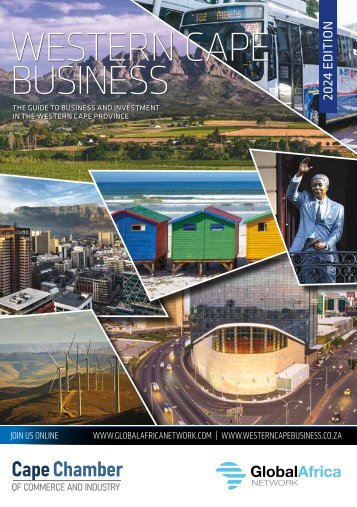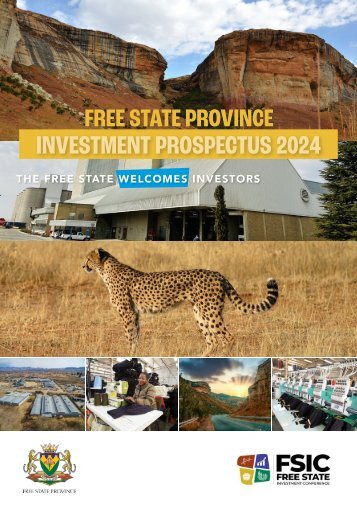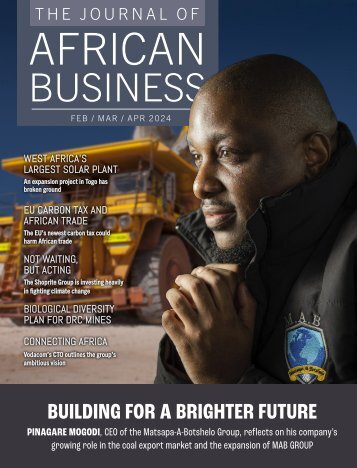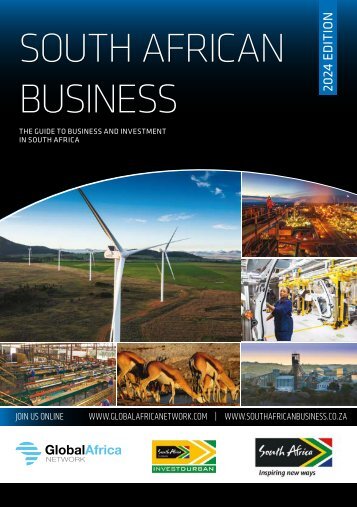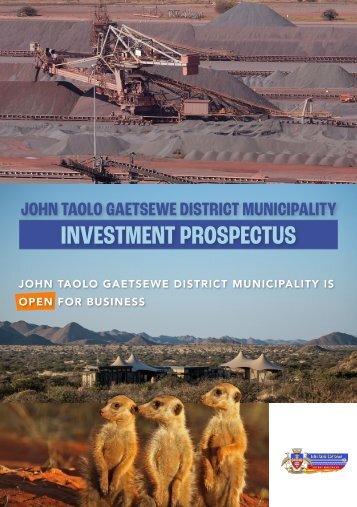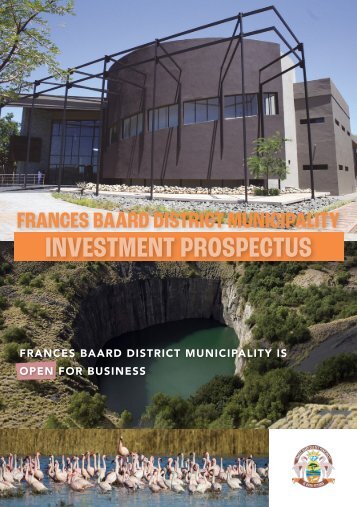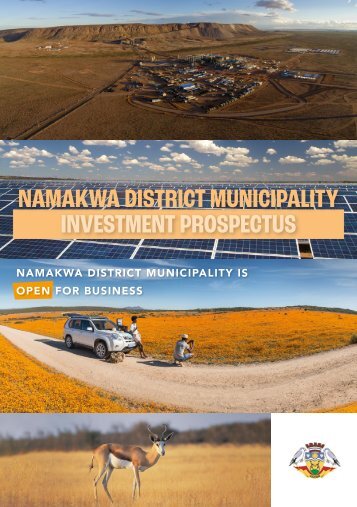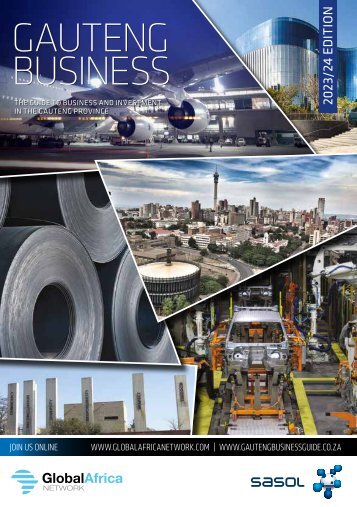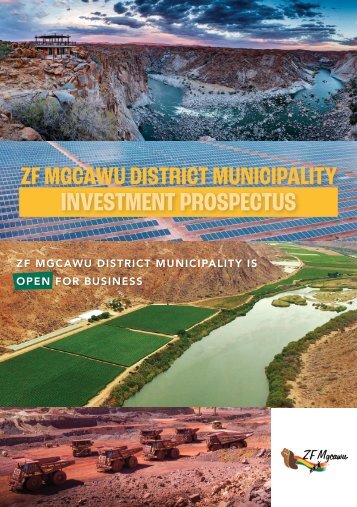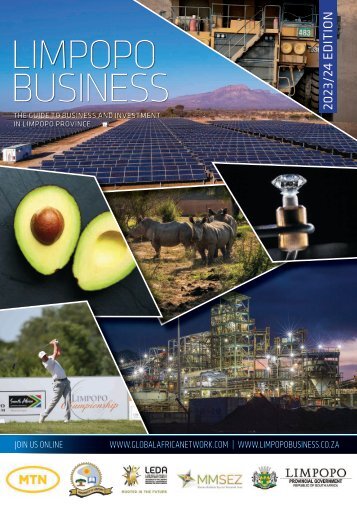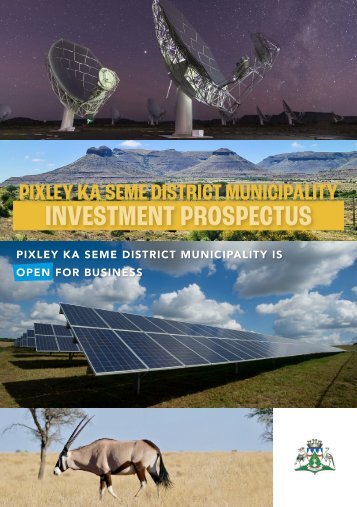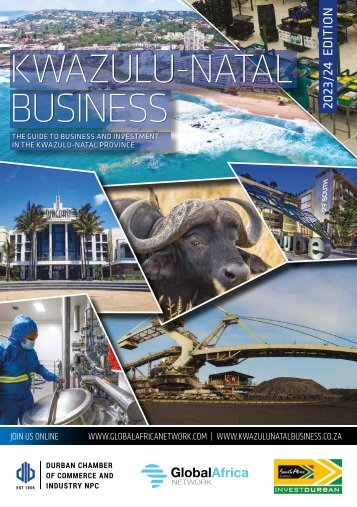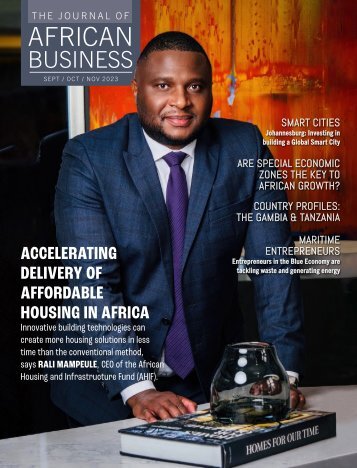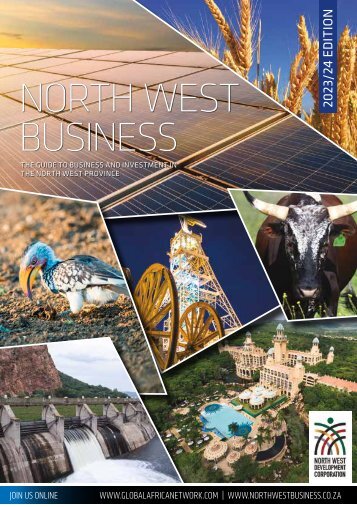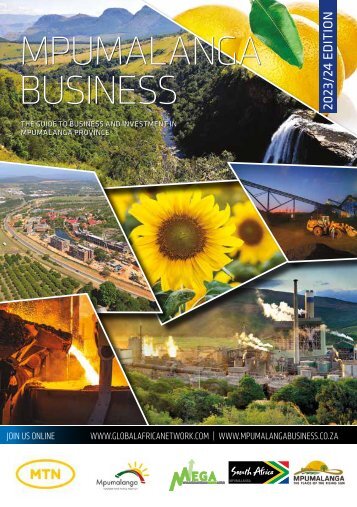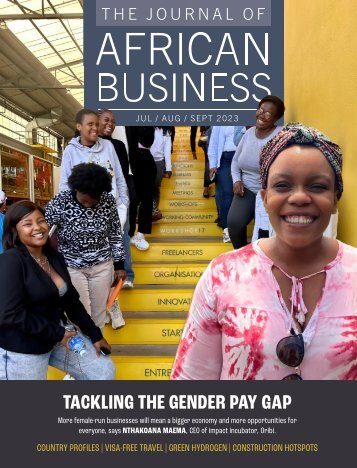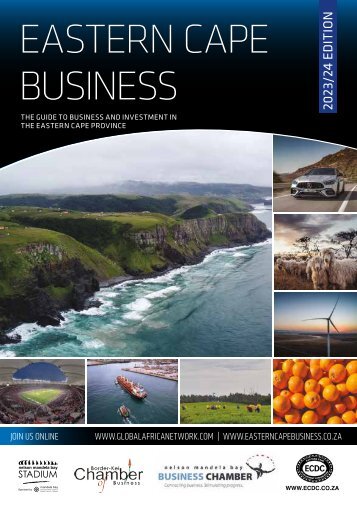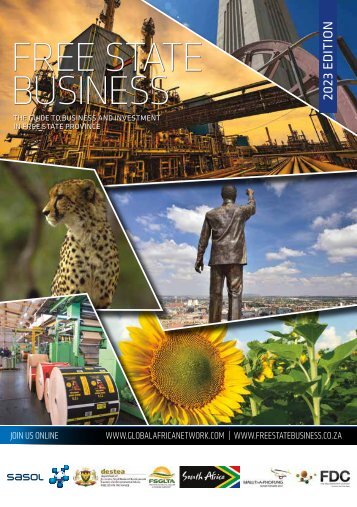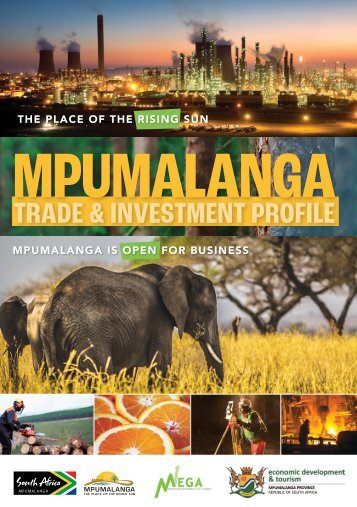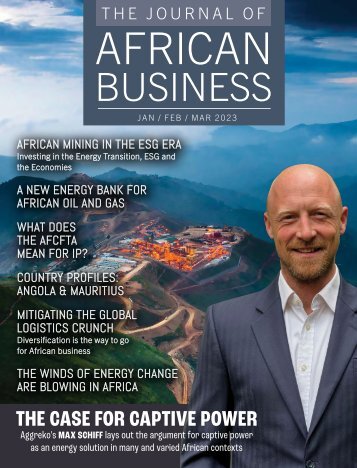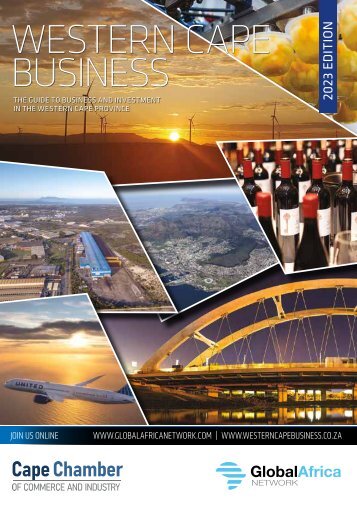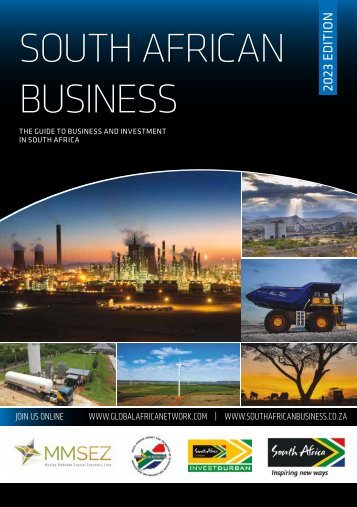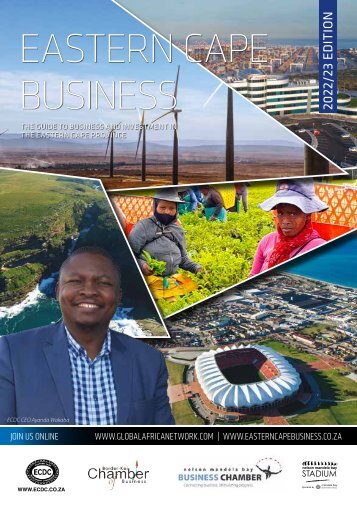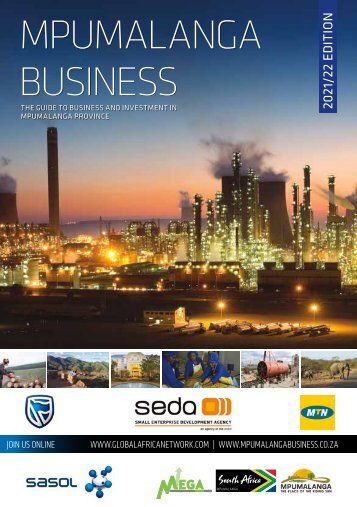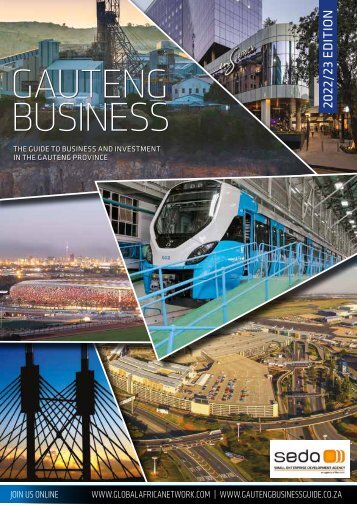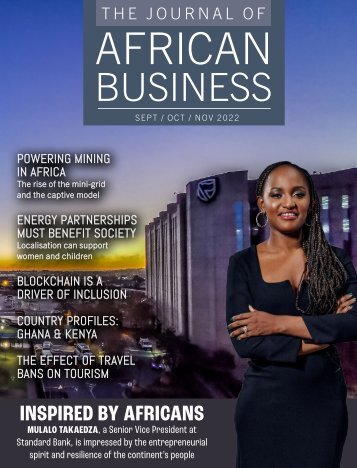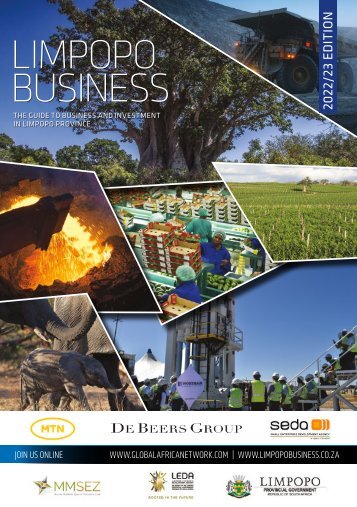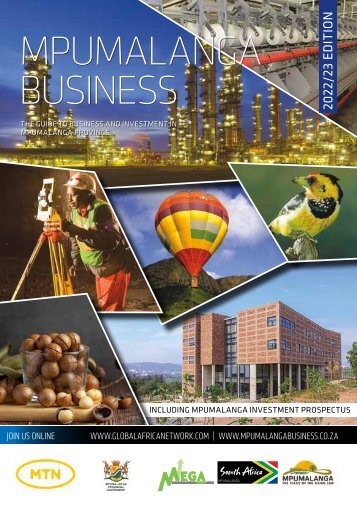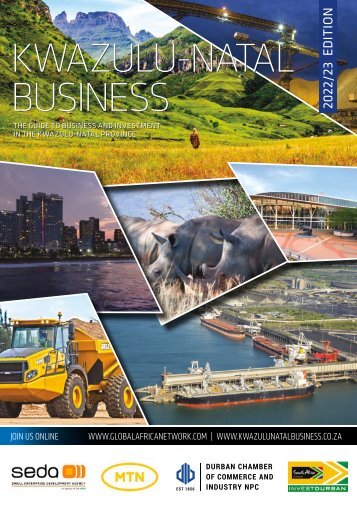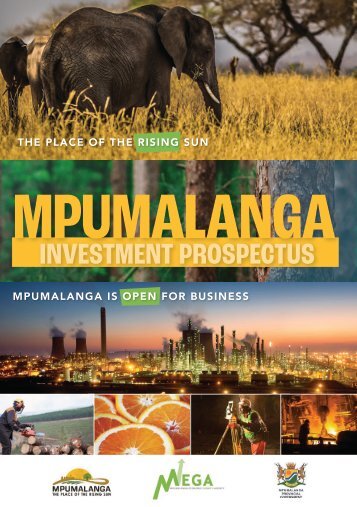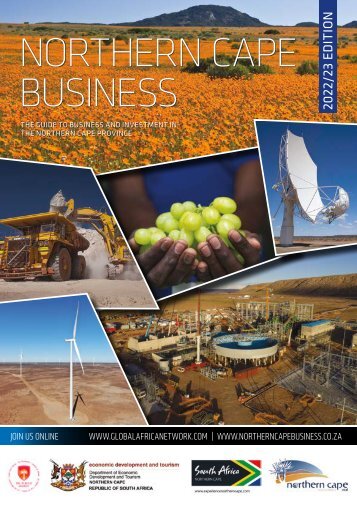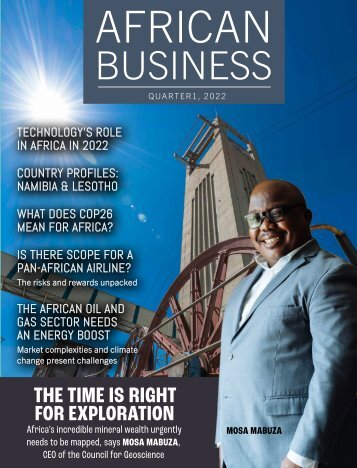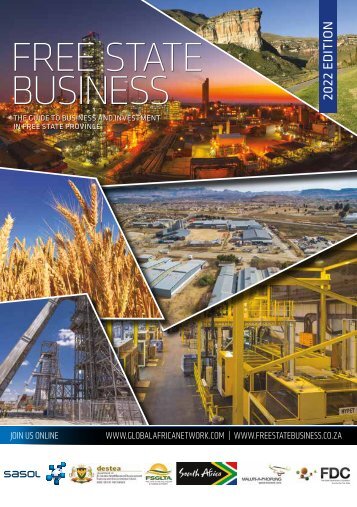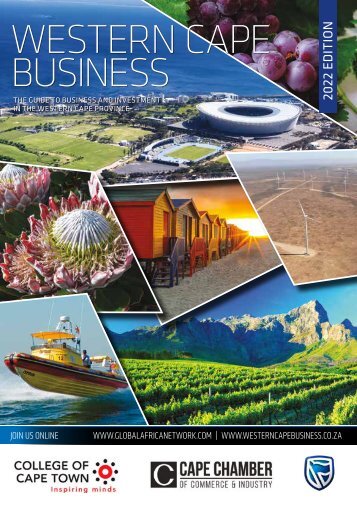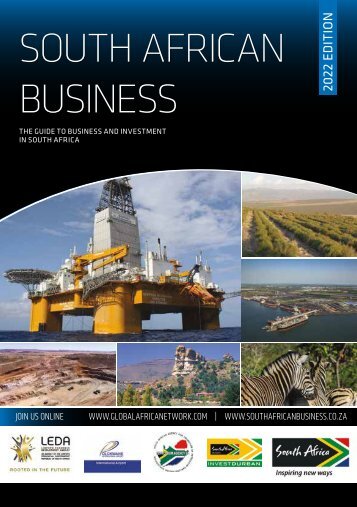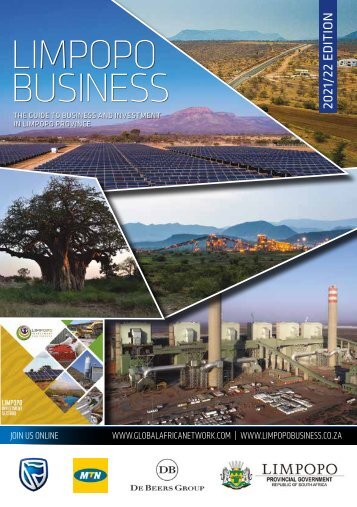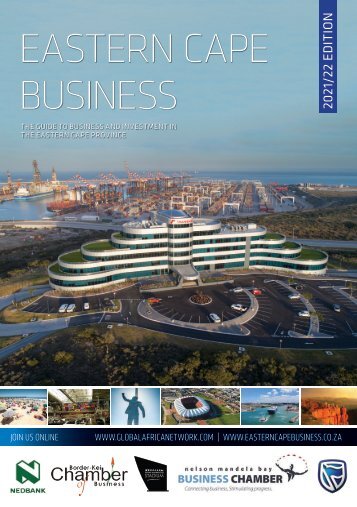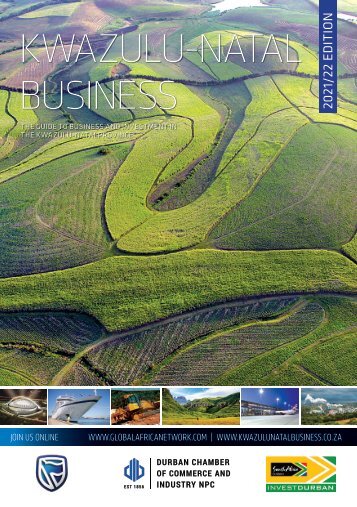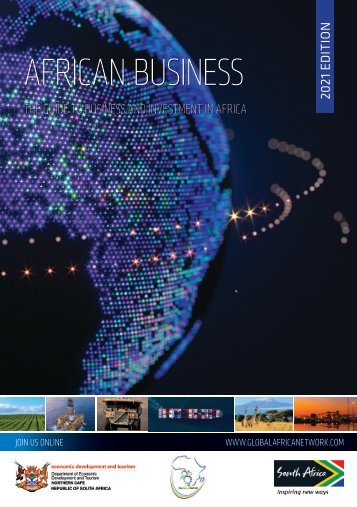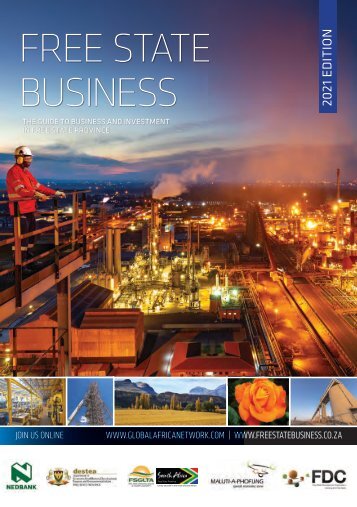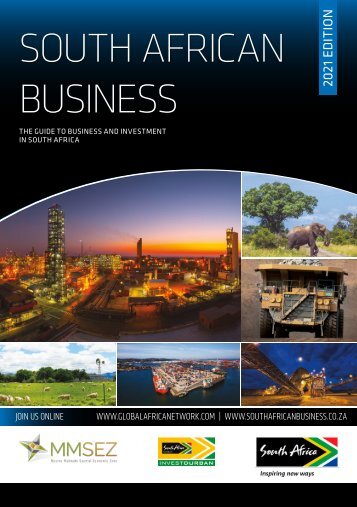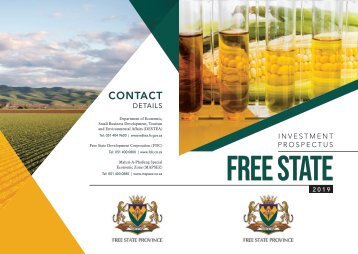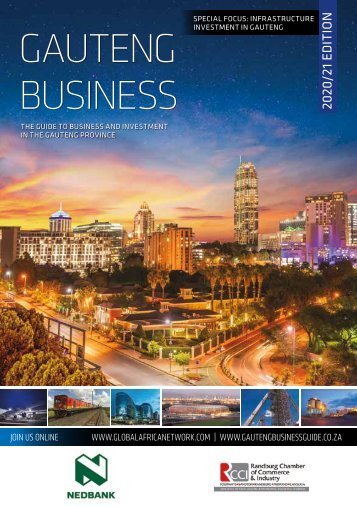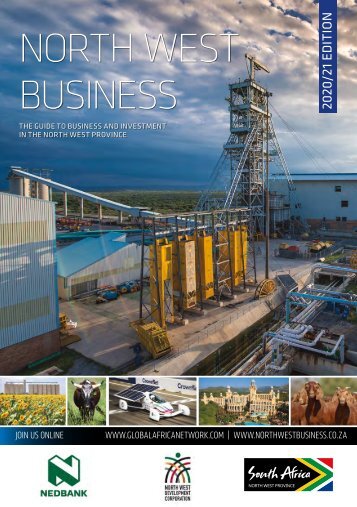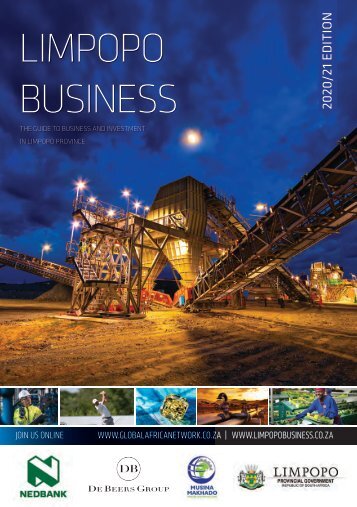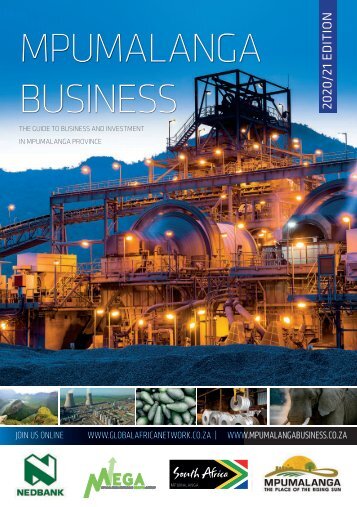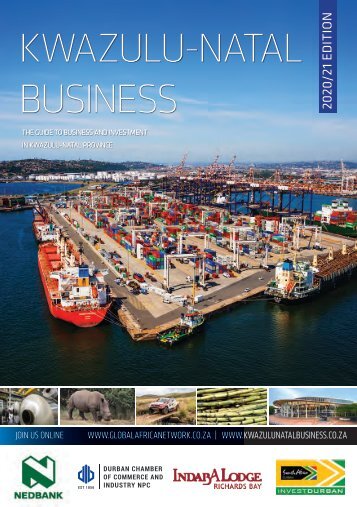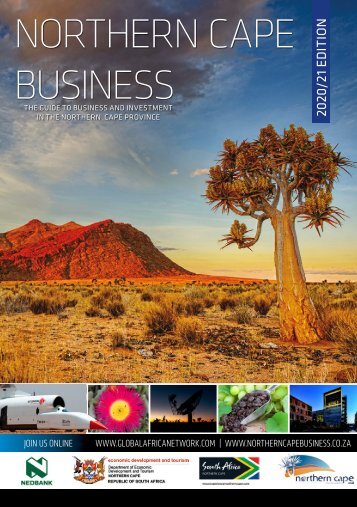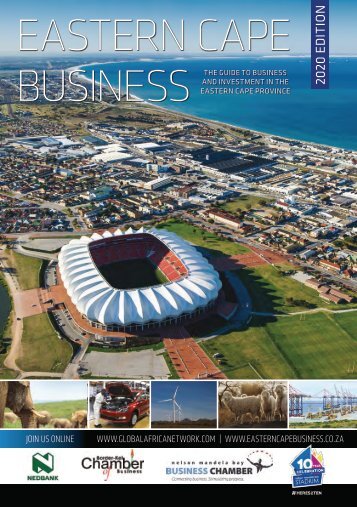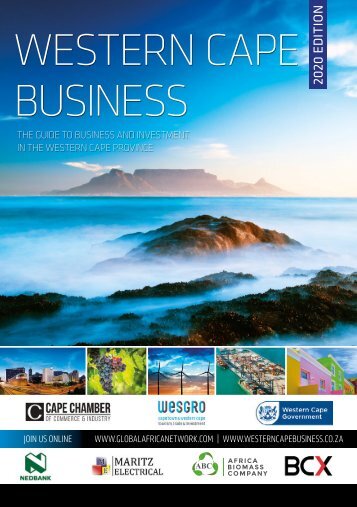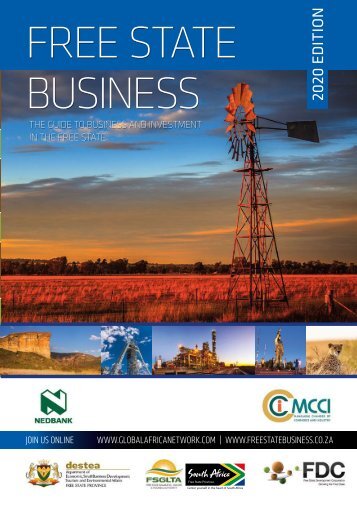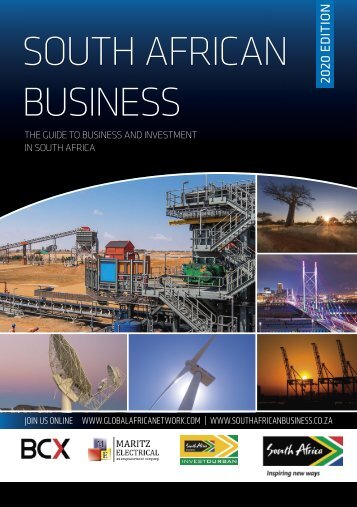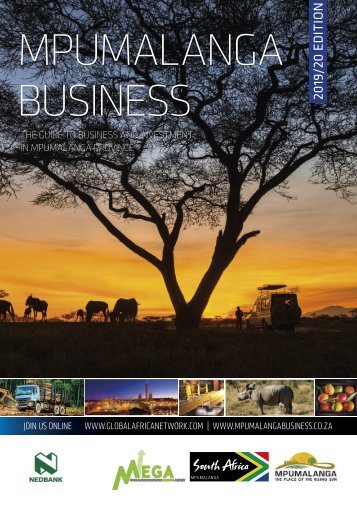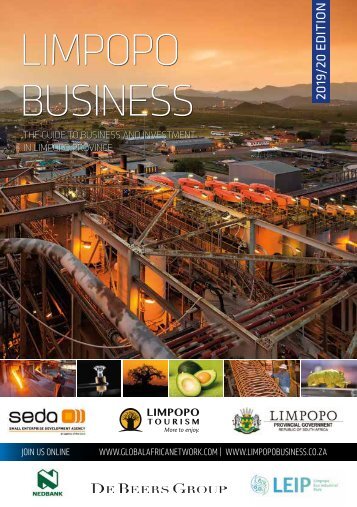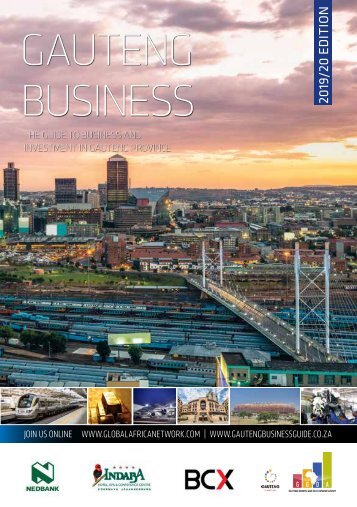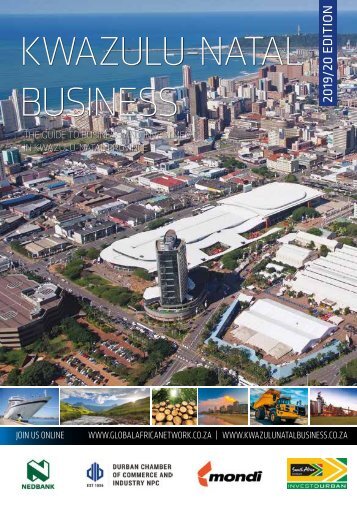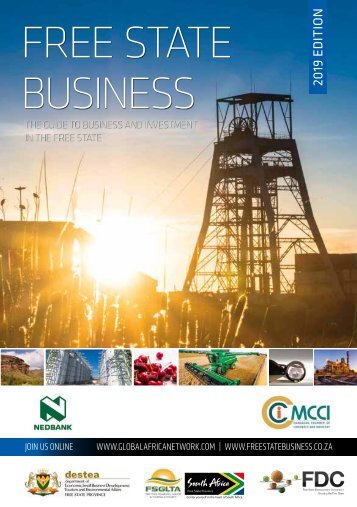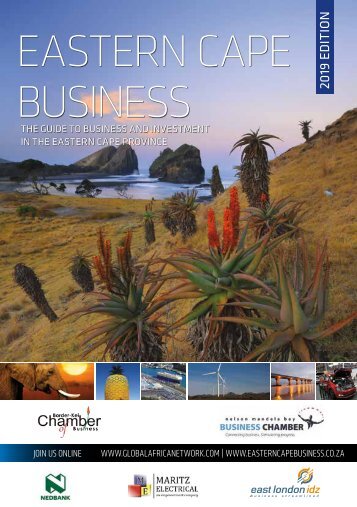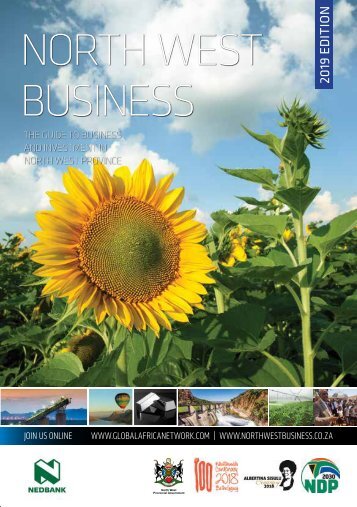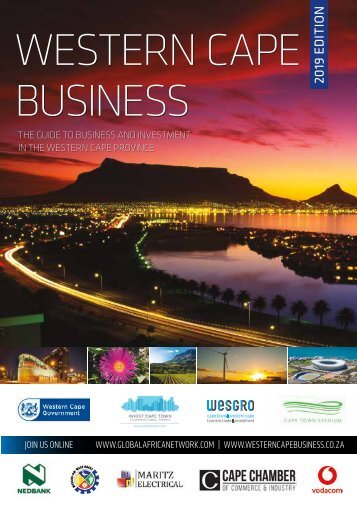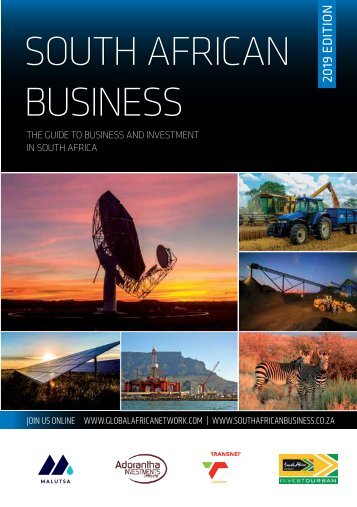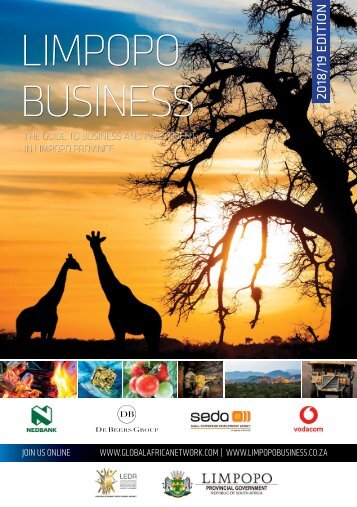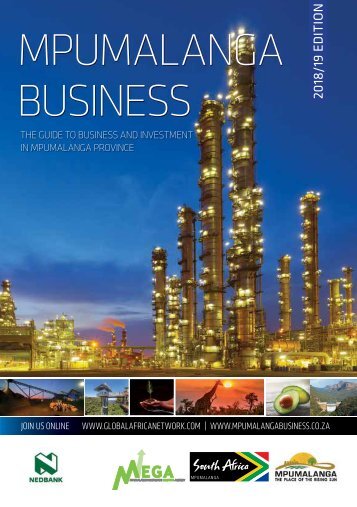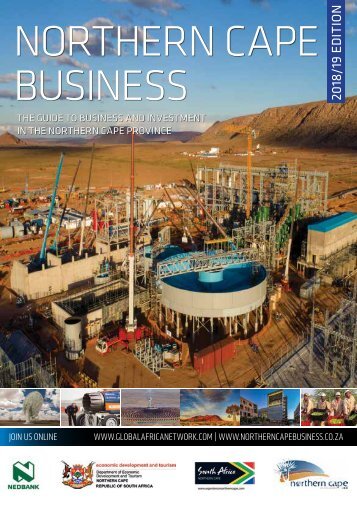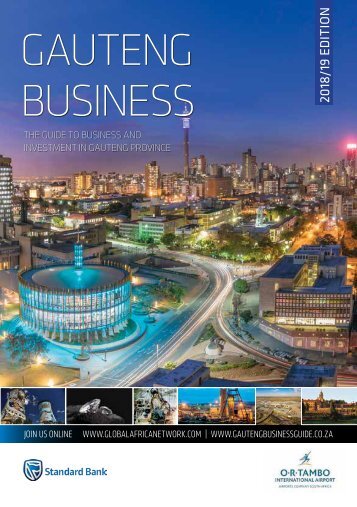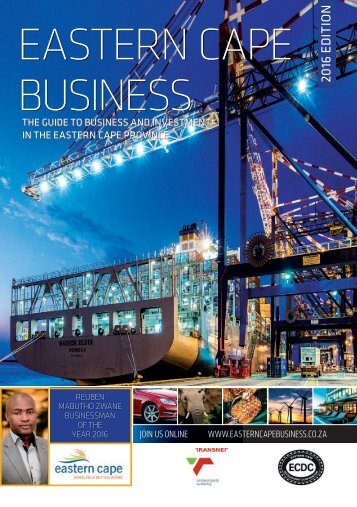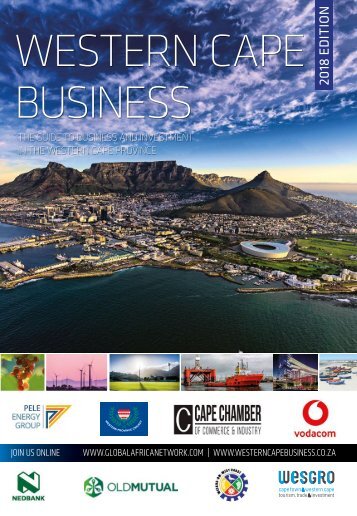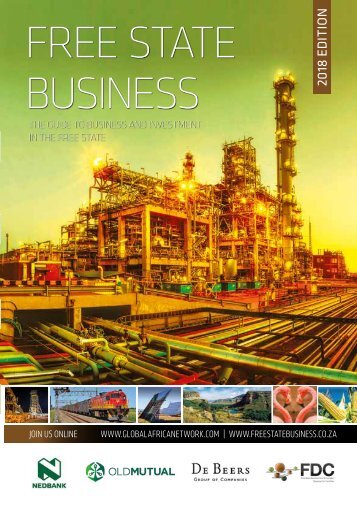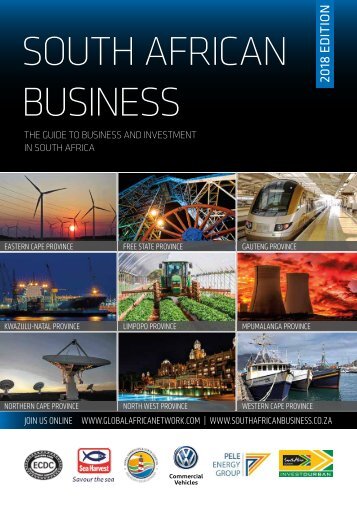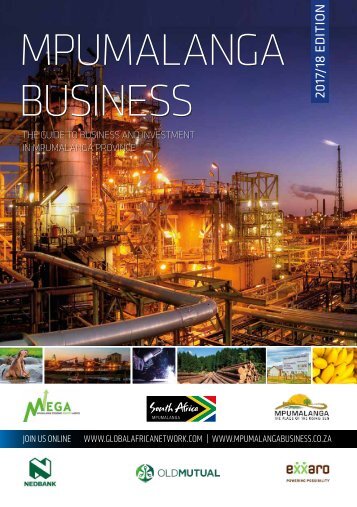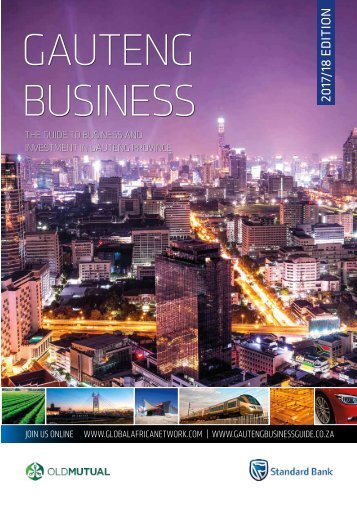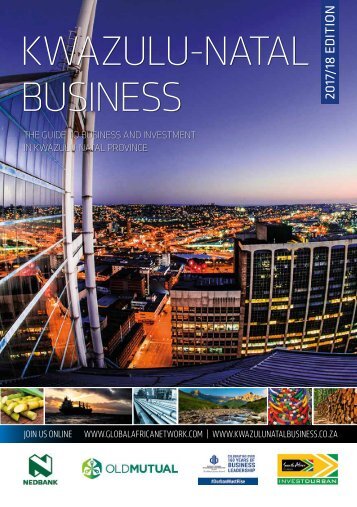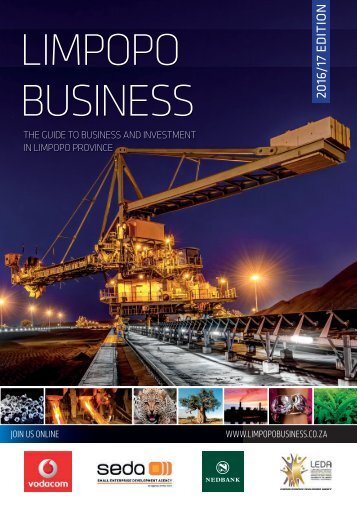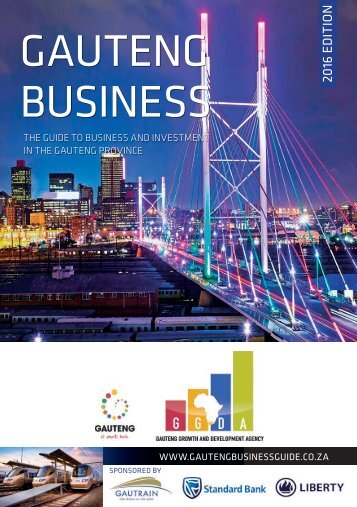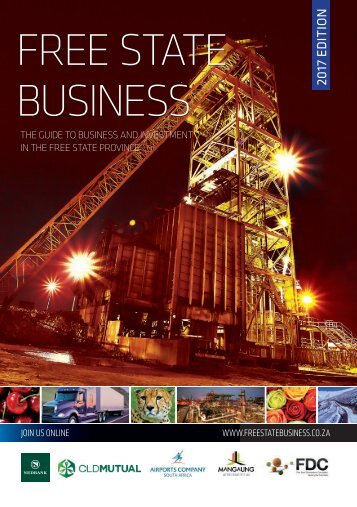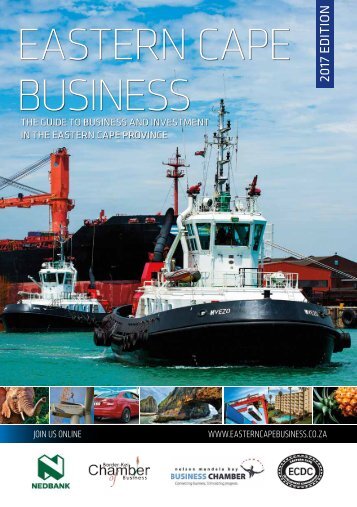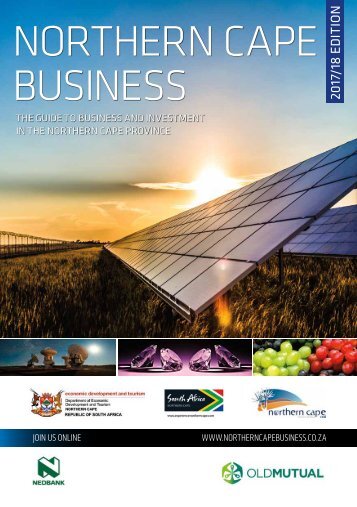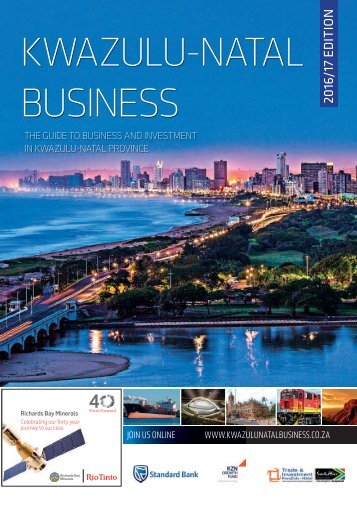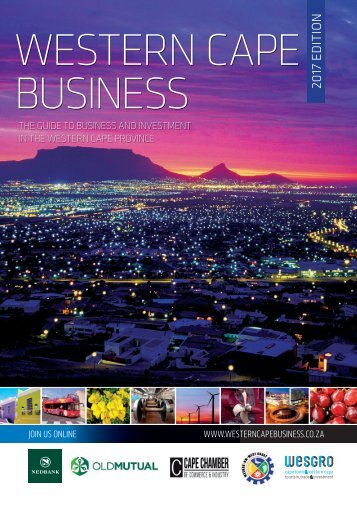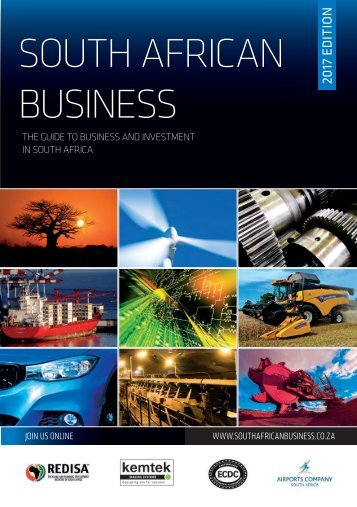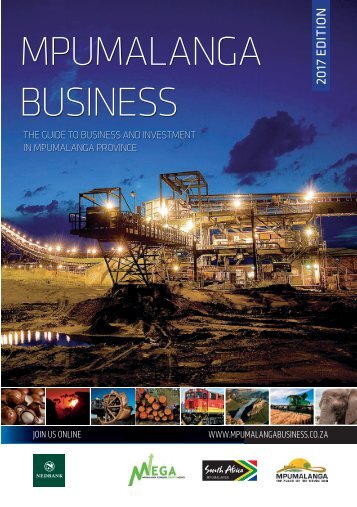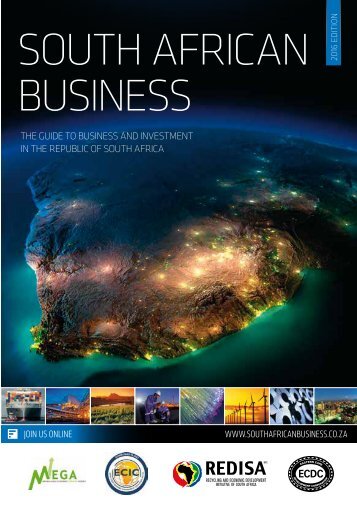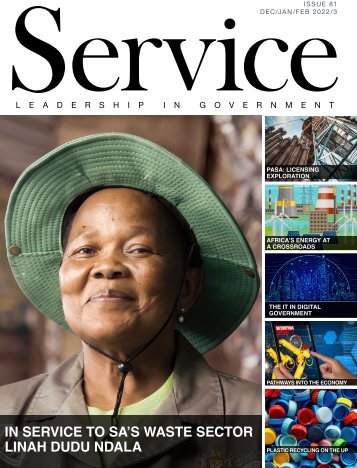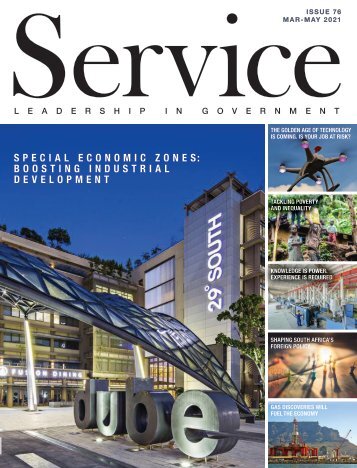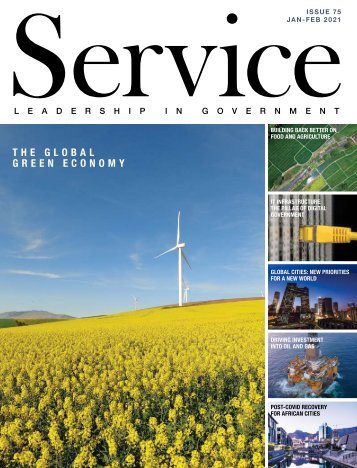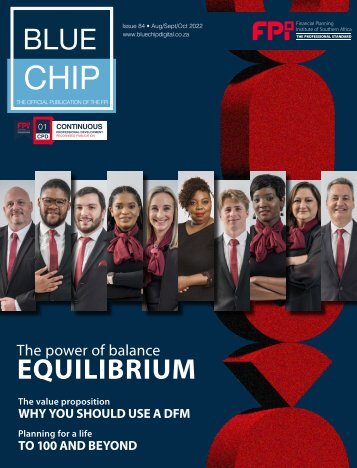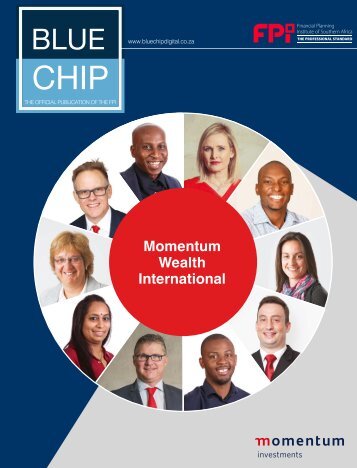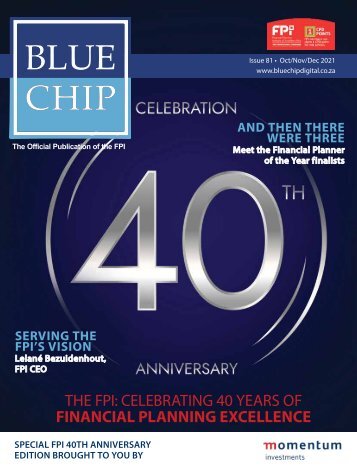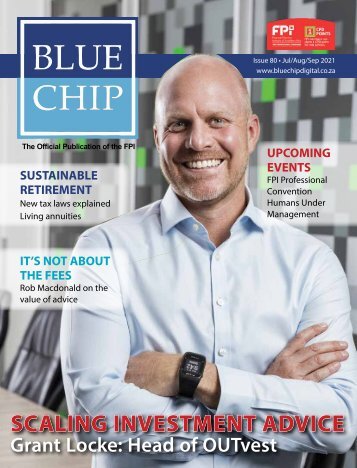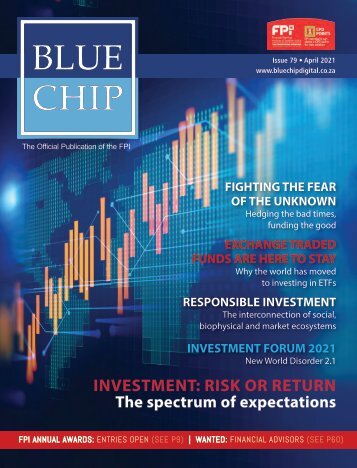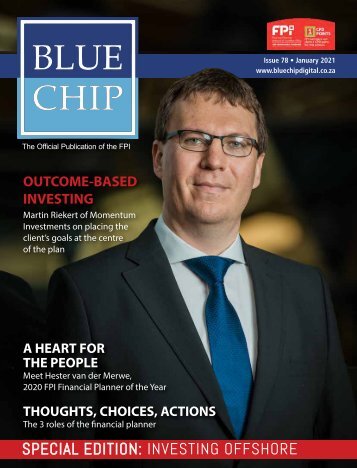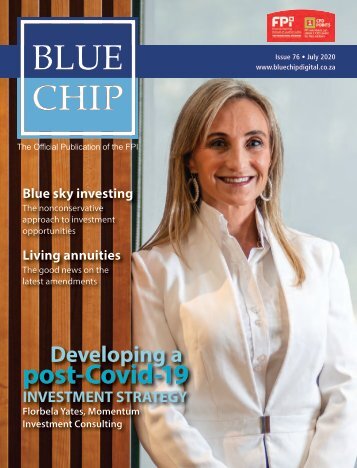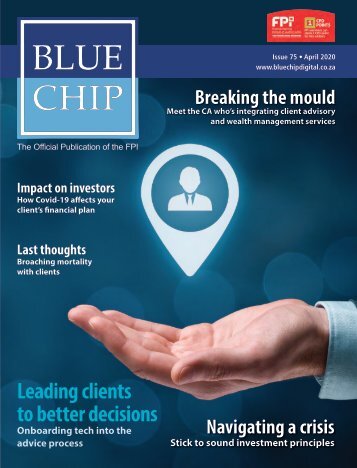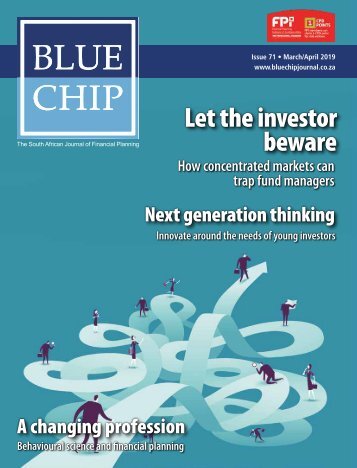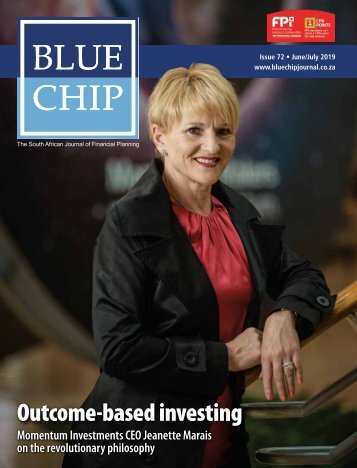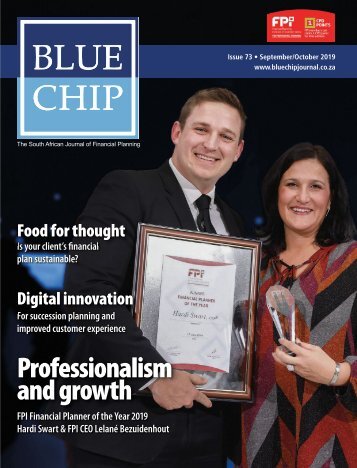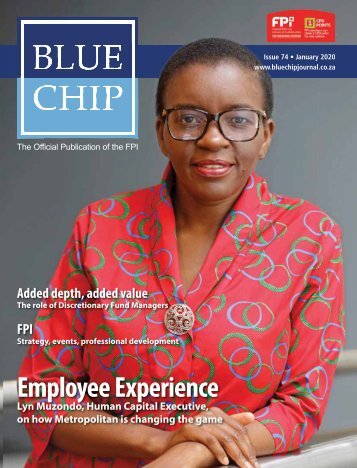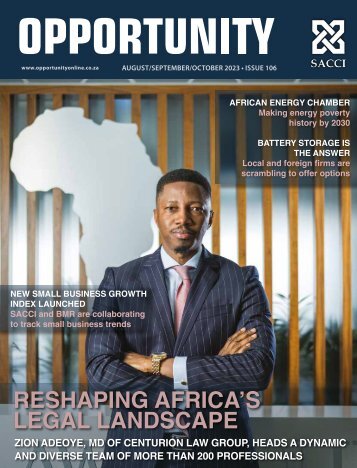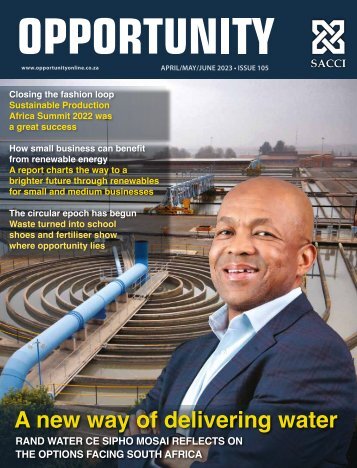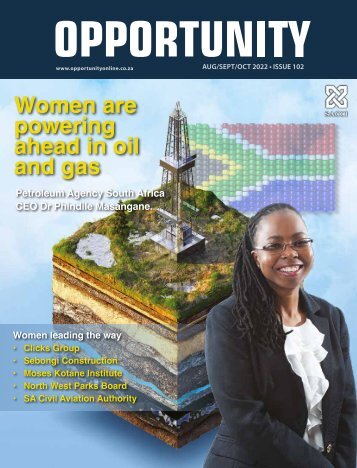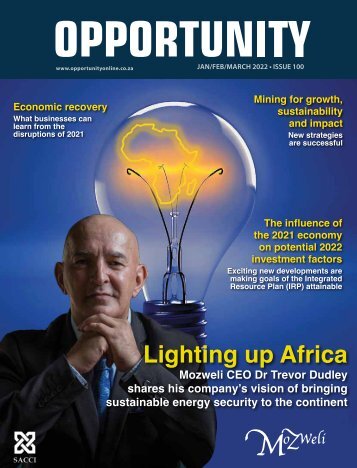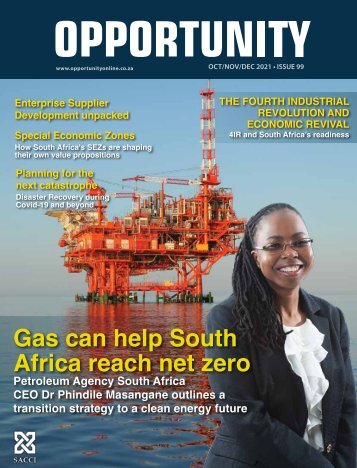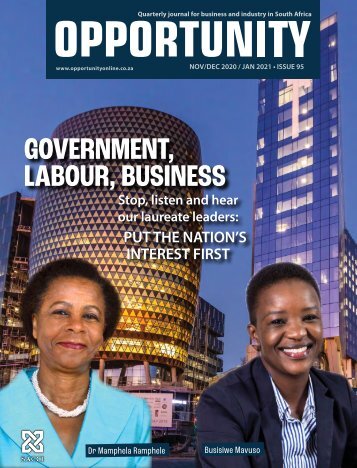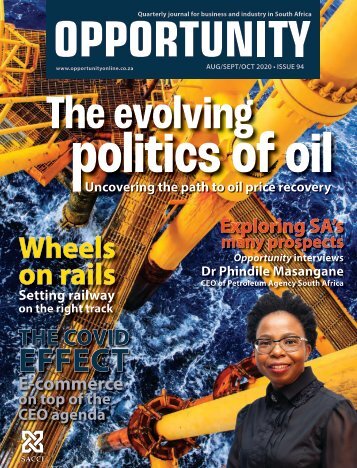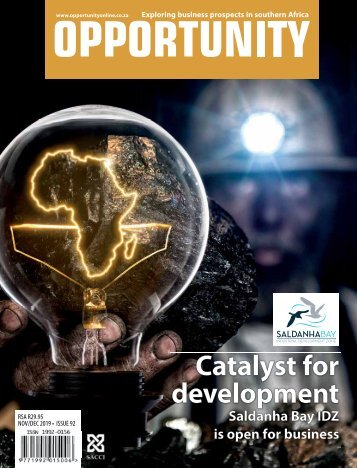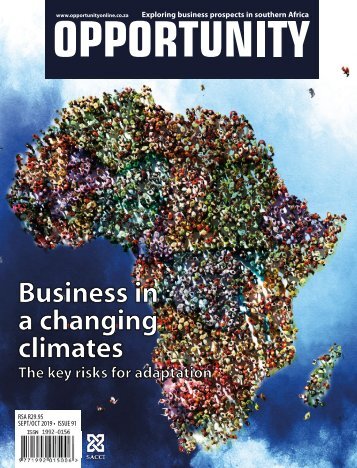South African Business 2022
- Text
- Wwwglobalafricanetworkcom
- Tourism
- Global
- Sector
- Economy
- Infrastructure
- Manufacturing
- Mining
- Cape
- Economic
- African
OVERVIEW Construction
OVERVIEW Construction and property Covid-19 has shaken up sector priorities. Covid-19 provided a sharp shock for many business sectors, but with the move towards working from home accelerated by the pandemic, none is going to have to look harder at its models for sustainability than the office rental sector. Logistics, often taken for granted in normal times, became an even more important component of the supply chain during the global lockdown and in the months that followed, with the second half of 2021 characterised by blockages and delays. In that context, the news that Fortress REIT had successfully let more than 100 000m² of logistics space in KwaZulu-Natal, was significant. The company also announced its intention to develop more than a million square metres of logistics assets over three years, transforming the weighting of its portfolio to two-thirds logistics. Fortress’s Clairwood Logistics Park, which has port access, signed up two big clients in 2021, Kings Rest Container Group and African Sugar Logistics. Fortress’s new Cornubia Logistics Park (pictured) has the advantage of being near the King Shaka International Airport. The same locational logic applies to Eastport Logistics Park, which is close to OR Tambo International Airport in Gauteng, where Fortress has signed its biggest logistics development to date, a joint venture with Pick n Pay which is establishing another inland distribution centre. The clients of Equites, a company which focusses on logistics property, include Amazon, Super Group, HDL and DSV. Equites is the only specialist logistics property company listed on the JSE. In six years, its portfolio has grown from R1-billion to R15-billion. There are more than 30 real estate investment trusts (REITs) on the JSE and they generally deliver good value. FNB, which publishes a regular property barometer, has done an in-depth analysis of previous crises to help understand what may ONLINE RESOURCES Construction Industry Development Board: www.cidb.org.za SA Reit Association: www.sareit.co.za South African Property Owners Association: www.sapoa.org.za SECTOR INSIGHT Logistics property is on a growth path. occur in the post-Covid property market. According to John Loos, a property strategist at FNB Commercial Property Finance, the most vulnerable sector is likely to be Retail Property. Smaller neighbourhood centres, with more essential items and greater convenience, will be less vulnerable. Statistics SA has found that the percentage of South Africans living in flats has risen markedly. Whereas 26 out of 100 approved plans in 2013 were for flats, this figure reached 59 in 2016. Although the total number of people living in flats is still relatively small (5.4%), this figure will rise as urbanisation increases. An innovative scheme to build a new township in Gauteng is backed by a retirement fund. The Transport Sector Retirement Fund is building an integrated settlement in the Sedibeng District Municipality south of Johannesburg. The R2.7-billion development includes a shopping centre and will include a mix of housing types. ■ SOUTH AFRICAN BUSINESS 2022 64
OVERVIEW Manufacturing Vaccine manufacturing is accelerating. The Aspen Pharmacare facility in Gqeberha will make hundreds of millions of doses of the Johnson & Johnson Covid-19 vaccine for South Africa and Africa. A consortium of development finance organisations, including the World Bank’s International Finance Corporation, made €600-million in financing available to the South African company in the course of 2021 to assist it in ramping up production of the vaccines. By 2022, the facility should be making about 500-million doses annually. In Johannesburg, global pharmaceutical company Mylan has purchased a manufacturing site, previously used by Ascendis Health, to make antiretrovirals to cater to the seven-million South Africans living with HIV. The Isando factory will produce effervescent tablets, semi-solid and hard capsules and pills. A new tender for a national supplementary HIV/Aids drug tender, which was previously awarded to foreign companies, is to be issued, opening up opportunities for local manufacturers such as Cipla Medpro. The three-year tender is worth R18.3-billion. Pirates off the west coast of Africa are driving an increase in boatbuilding in South Africa. Companies like Paramount Marine which specialise in security boats are receiving many orders. In August 2021, the company announced that its Cape Town facility was making 26 boats for a contract price of more than R850-million. PG Bison, a subsidiary of KAP Industrial Holdings, is investing more than R2-billion at its plant in Mkhondo in Mpumalanga (pictured). With operations in four provinces ranging from forestry to the manufacture of medium-density fibreboard (MDP), particleboard and value-added products, PG Bison is also building a new MDP plant in Mpumalanga to complement its existing Gauteng facility. TFG, whose South African brands include TotalSports, Markhams and Foschini, has a five-year plan to double its manufacturing capacity. Having purchased Prestige Clothing Maitland and Prestige Clothing Caledon and spent R75- million on expanding the factory in Caledon, TFG now plans to significantly increase the percentage of locally-made clothing items from the current level of 35% to 55%. ONLINE RESOURCES Chemical and Allied Industries’ Association: www.caia.co.za Manufacturing Circle: www.manufacturingcircle.co.za South African Textile Federation: www.texfed.co.za SECTOR INSIGHT PG Bison is spending on expanded capacity. Credit: PG Bison The Manufacturing and Competitiveness Enhancement Programme (MCEP) of the Department of Trade, Industry and Competition (the dtic) has disbursed grants which have resulted in 230 000 jobs being “sustained”. Because of the Clothing and Textile Competitiveness Programme, that sector currently now employs around 95 000 workers, contributing 8% to manufacturing GDP and 2.9% to overall GDP. In the leather sector 22 new factories have been opened, supporting 2 200 jobs. In the Western Cape, this revival is reflected in member companies of the Cape Clothing and Textile Cluster hiring 35% more staff in four years. About 23 600 people are employed in the province and exports from the Cape amounted in 2017 to R4.4- billion with sales up by 34% above inflation. ■ 65 SOUTH AFRICAN BUSINESS 2022
- Page 1:
SOUTH AFRICAN BUSINESS 2022 EDITION
- Page 5 and 6:
0 0 11 1 0 1 0 11 0 0 11 1 0 1 0 11
- Page 7 and 8:
f , t t r l . t we end the pandemic
- Page 9 and 10:
GOING BEYOND? THAT’S IN OUR NATUR
- Page 11 and 12:
South African Business A unique gui
- Page 13 and 14:
SPECIAL FEATURE Bhorat’s conclusi
- Page 15 and 16: SPECIAL FEATURE Provinces of South
- Page 17 and 18: SPECIAL FEATURE SPECIAL FEATURE Nor
- Page 19 and 20: SPECIAL FEATURE • Auto-catalysts
- Page 21 and 22: 10 REASONS WHY YOU SHOULD INVEST IN
- Page 23 and 24: Deputy Minister oversight visit hig
- Page 25 and 26: Why businesses locate in the FT-SEZ
- Page 27 and 28: Targeted commodity clusters at Feta
- Page 29 and 30: ithout ff line FOCUS improvement in
- Page 31 and 32: ithout ff line FOCUS In this contex
- Page 33 and 34: Logo without pay-off line At Atlant
- Page 35 and 36: SPECIAL FEATURE include a carbon ca
- Page 37 and 38: country at a scale of 1:250 000. Th
- Page 39 and 40: The Council for Geoscience has laun
- Page 41 and 42: The eMendi building at Port of Ngqu
- Page 43 and 44: OVERVIEW Tourism (LEDET) is encoura
- Page 45 and 46: 2021/10/20 16:49:06 Sharing Africa
- Page 47 and 48: Sales and profits PPC Lime has chan
- Page 49 and 50: INTERVIEW cells. How do we massify
- Page 51 and 52: Hydrogen and hybrids One of Earth &
- Page 53 and 54: Source: Northern Cape GH2 Strategy
- Page 55 and 56: I N C E N T I V E S O F F E R E D B
- Page 57 and 58: Offshore gas finds could revitalise
- Page 59 and 60: asin off the south coast of the cou
- Page 61 and 62: OVERVIEW The project was gazetted a
- Page 63 and 64: INTERVIEW As part of our focus on c
- Page 65: OVERVIEW new industry in less than
- Page 69 and 70: FOCUS Durban is South Africa’s po
- Page 71 and 72: FOCUS Commercial services resume at
- Page 73 and 74: INTERVIEW Finding the right talent
- Page 75 and 76: OVERVIEW ICT Covid-19 has increased
- Page 77 and 78: Banking and financial services 120
- Page 79 and 80: OVERVIEW included a Repayment Relie
- Page 81 and 82: PROFILE The value of verification W
- Page 83 and 84: AFRICAN BUSINESS THE GUIDE TO BUSIN
Inappropriate
Loading...
Mail this publication
Loading...
Embed
Loading...

